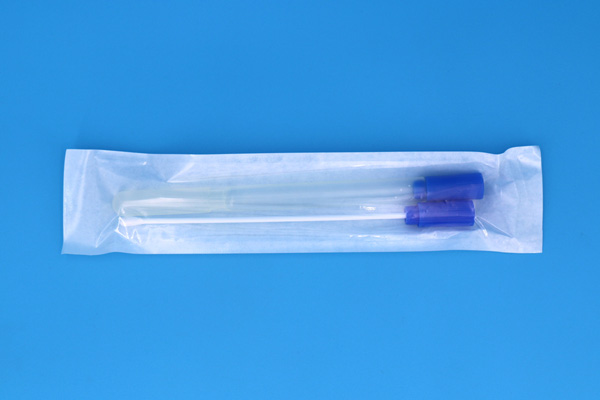La recolección de muestras anaeróbicas es un paso crucial en la identificación y el tratamiento de infecciones causadas por bacterias anaeróbicas.. Estas bacterias prosperan en ambientes sin oxígeno., haciéndolos difíciles de diagnosticar y tratar. En este articulo, discutiremos la importancia de la recolección de muestras anaeróbicas y las mejores prácticas a seguir.
 MEIDIKE GENE® Anaerobic Specimen Collection Kit
MEIDIKE GENE® Anaerobic Specimen Collection Kit
Why is Anaerobic Specimen Collection Important?
Anaerobic bacteria are responsible for a range of infections, including those of the skin, respiratory tract, and intra-abdominal area. These infections can be severe and difficult to treat, as anaerobic bacteria are often resistant to antibiotics. Por lo tanto, accurate diagnosis and identification of the bacteria causing the infection are crucial for effective treatment.
Anaerobic Specimen Collection Best Practices
1. Proper Collection Technique: Anaerobic specimens should be collected using strict aseptic techniques to prevent contamination. The collection site should be cleaned thoroughly with an antiseptic solution, and a sterile needle or catheter should be used to collect the specimen.
2. Use Anaerobic Transport System: Anaerobic specimens should be transported in an anaerobic transport system to maintain the bacteria’s viability. The transport system should be kept at room temperature and delivered to the laboratory as soon as possible.
3. Labeling and Documentation: Accurate labeling and documentation of the specimen are essential for proper identification and treatment. The specimen should be labeled with the patient’s name, fecha, y tiempo de recogida, and the collection site.
4. Prompt Processing: Anaerobic specimens should be processed promptly to prevent overgrowth of other bacteria. The laboratory should be notified of the specimen’s anaerobic nature to ensure proper processing.
En conclusión, anaerobic specimen collection is a crucial step in identifying and treating infections caused by anaerobic bacteria. Proper collection technique, use of an anaerobic transport system, labeling and documentation, and prompt processing are all essential for successful anaerobic specimen collection.

















